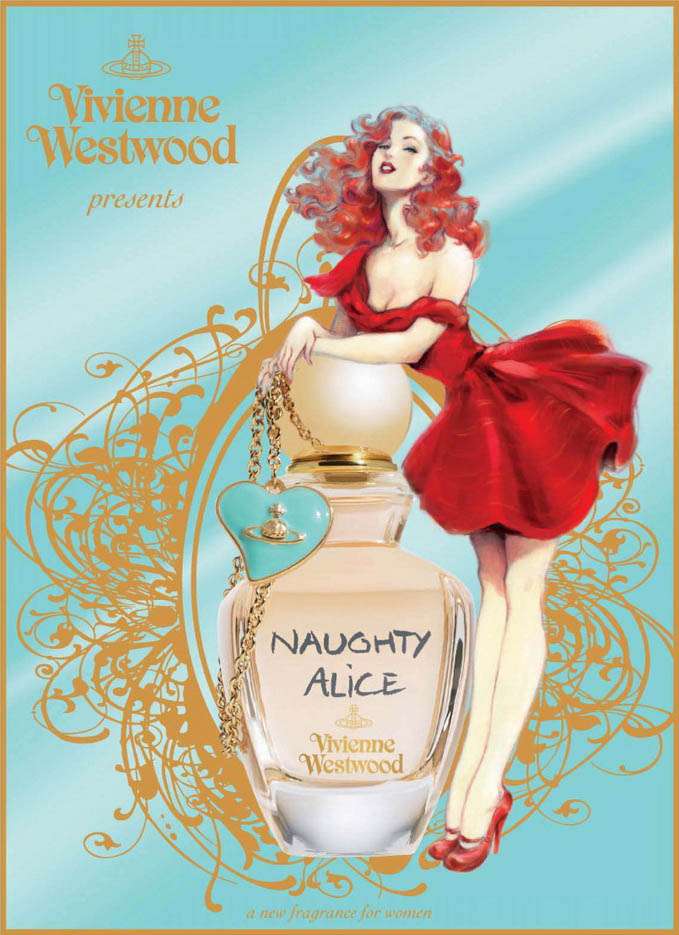If you’re anything like me, walking into your favourite store with the notion of treating yourself is a regular occurrence. The feeling of excitement is even more heightened when it’s a store I can’t really afford, but I know I can get one tiny little thing which will make me feel extravagant (my favourite is Vivienne Westwood on Conduit St by the way, what’s yours?)
Invariably though, its not the designer frocks and overpriced couture selection I’m drawn to, its the more disposable and affordable items – I’m talking perfume, costume jewellery and if you’re a Vivienne Westwood fiend like me, the Melissa shoes. Doesn’t it feel great to be handed over that fancy designer carrier bag knowing that the item inside (no matter how small) is yours!?
After reading this story, where do you think Vivienne Westwood makes the majority of her money? It’s not the £3000 dresses or one-of-a-kind couture creations, its the cheap(er) stuff that we can all, just about, afford. We buy these items, not because they are in anyway better than a high street counterpart, but because we buy into the brand. We want a piece of our favourite designer in our lives and now, we can afford it. I think the popularity of the Lady Dragon Melissa shoes is proof enough right?!
Photography Credit: Flyinghorse Photography (full wedding here)
The way these items are priced is no accident, and when running your own business I’d encourage you to think about implementing various pricing stages throughout your range. A three 3 level structure is the most common:
1. low quantity, high price
2. mid range
3. stack ’em high, sell ’em cheap
Looking at this you can see why couture houses make the majority of their money from perfume – its readily available, cheap but still makes the wearer feel good, “Oh yes I am wearing Gucci/Prada/Ralph Lauren/Burberry etc etc today!” Similarly profit margins on these types of items are usually higher – the items are cheaper to produce and are being sold in vast numbers (hey, I knew my shopping tv background would come in useful one day!)
So, how can you price your product to attract each section of the market? I feel that many people in the wedding industry forget the third option and think that by pricing something cheaply it will devalue their product or brand. I don’t think this has to be the case at all…as long as you’re choosing the correct items to sell cheaply.
For example, if you’re a wedding photographer, why are you overcharging for prints? Prints should be a ‘stack ’em high, sell ’em cheap’ item – they don’t cost you a lot to produce and if your price point is competitive, clients will be likely to think “ahh it’s only a few quid extra, I’ll get some from here instead of traipsing to the Boots one hour service…” You’ll sell a lot more of these items for very little effort.
Wedding photographer Lisa Devlin runs The Photography Farm where spaces are £950 each, but that’s not where she make the most profit, “I make more money from selling actions to other photographers at £50 a pop. They are affordable and easily available. It’s nothing like coming to the Farm and getting the bespoke full on teaching, but goes a good way to making their images look similar to mine. It’s kind of like Vera Wang, she’s at the top of the wedding dress market but she also sells mid-range crockery and affordable perfume.”
Stationers, how about offering DIY packages (where you supply the pieces but the client assembles the stationery themselves) or wedding planners how about adding a cheaper ‘on the day’ rate or even pay-as-you-go consultations as planner Tiffany Grant Riley has just started to do?
I’d encourage you to look at the products that you offer, your pricing structure and see if you fit into the 3 price point structure (or a version of it). Are you offering your clients a range of items at a range of prices? Are there any additional items you can offer at a low price in order to shift a higher quantity?


